Sintered Stone vs Marble: The Ultimate Scratch & Heat Resistance Comparison
Table Of Contents
- Introduction
- What is Sintered Stone?
- What is Marble?
- Scratch Resistance Tests
- Heat Resistance Tests
- Other Durability Factors to Consider
- Maintenance Requirements Compared
- Ideal Uses for Each Material
- Cost Comparison
- Conclusion: Which Material is Right for You?
When selecting the perfect tabletop for your Singapore home, durability is as important as aesthetics. In our humid tropical climate, furniture needs to withstand not just everyday use but also occasional accidents and environmental factors. Two premium materials that have gained popularity in recent years are sintered stone and marble—both offering elegant appearances but with significant differences in performance.
At Loft Home Furniture, we've seen growing interest in both these materials, particularly for dining tables, coffee tables, and side tables. But how do they really compare when put to the test? In this comprehensive comparison, we'll examine how sintered stone and marble perform in rigorous scratch and heat resistance tests, helping you make an informed decision for your home.
Whether you're furnishing a new home or upgrading your existing space, understanding the practical differences between these materials will ensure you select a table that not only looks stunning but also stands the test of time in Singapore's unique environment. Let's dive into the science and real-world performance of these premium tabletop options.
Sintered Stone vs Marble
The Ultimate Scratch & Heat Resistance Comparison
When selecting tabletop materials for Singapore homes, durability and aesthetics both matter. See how these premium materials compare in key performance tests.
Sintered Stone
A modern engineered material created by subjecting minerals to extreme pressure and heat, resulting in an ultra-compact surface.
Key Properties:
- Non-porous structure
- Consistent appearance
- Available in various thicknesses
- Engineered for durability
Marble
A natural metamorphic rock formed when limestone undergoes intense heat and pressure within the earth over millions of years.
Key Properties:
- Unique veining patterns
- Natural variations in color
- Naturally porous structure
- Classic luxury appeal
Scratch Resistance Comparison
Sintered Stone
Mohs Hardness: 7-8 (Extremely Hard)
- Resists scratching from steel knives
- Unaffected by ceramic or metal items
- Withstands abrasive cleaning pads
- Requires diamond tools to mark surface
Marble
Mohs Hardness: 3-4 (Relatively Soft)
- Easily scratched by steel knives
- Marked by ceramic plates and metal items
- Vulnerable to scratching from keys
- Damaged by grit or sand particles
Winner: Sintered Stone significantly outperforms marble in scratch resistance tests
Heat Resistance Comparison
Sintered Stone
Heat Tolerance: Up to 300°C (572°F)
- No damage from hot cookware (200°C)
- Resistant to direct flame exposure
- Excellent thermal shock resistance
- Ideal for serving hot dishes directly
Marble
Heat Tolerance: Moderate, vulnerable to damage
- Etching after 30 seconds of hot pot contact
- Risk of cracking from thermal shock
- Heat rings from coffee mugs and warm dishes
- Requires trivets and hot pads for protection
Winner: Sintered Stone offers superior heat resistance for worry-free use
Additional Durability Factors
Stain Resistance
Sintered stone is non-porous and impervious to stains. Marble readily absorbs liquids and stains within minutes.
Impact Resistance
Sintered stone has some flexibility to absorb impact. Marble is more brittle and prone to chipping or cracking.
Climate Resistance
Sintered stone remains stable in Singapore's humidity. Marble can potentially absorb moisture over time.
Maintenance Requirements
Sintered Stone
- Minimal upkeep required
- No sealing needed
- Any cleaning method works
- Resistant to chemicals
Marble
- Regular maintenance needed
- Requires sealing every 6-12 months
- Only pH-neutral cleaners
- Immediate spill cleanup required
Which Material is Right for You?
Choose Sintered Stone if:
- You prioritize durability and low maintenance
- Your table will see daily use with hot dishes
- You have a busy household with children
- Modern design aesthetics appeal to you
- You want worry-free performance
Choose Marble if:
- Unique natural beauty is your priority
- You're willing to provide special care
- The table will be in a lower-traffic area
- You appreciate classical aesthetics
- You value the unique character of natural stone
Ready to explore premium table options for your Singapore home?
Visit Loft Home FurnitureWhat is Sintered Stone?
Sintered stone is a relatively new engineered material that has revolutionized the furniture and countertop industry. Created through a process that mimics the natural formation of stone over thousands of years, sintered stone is manufactured by subjecting minerals and pigments to extremely high pressure and temperature (sintering). This process results in a non-porous, ultra-compact surface with remarkable technical properties.
The composition typically includes natural minerals like clay, feldspar, silica, and mineral oxides—the same raw materials found in natural stone, but processed using advanced technology. The result is a slab that's consistent in appearance, available in various thicknesses (typically 6mm to 20mm), and engineered to overcome many limitations of natural stone.
Sintered stone has gained popularity in Singapore's furniture market due to its modern aesthetic and practical benefits in our tropical climate. At Loft Home's sintered stone tables collection, we've seen growing demand for this material in dining tables, coffee tables, and other furniture pieces where durability meets design.
What is Marble?
Marble has been a symbol of luxury and refinement for centuries, gracing everything from ancient sculptures to modern penthouses. This metamorphic rock is formed when limestone undergoes intense heat and pressure within the earth over millions of years. The process creates the distinctive veining and crystalline structure that marble is famous for.
Each piece of marble is unique, featuring natural variations in color and pattern that can't be replicated—ranging from pure whites with subtle veining to dramatic blacks with bold streaks. This natural variation is part of marble's enduring appeal and what makes it a statement piece in any home.
In Singapore, marble furniture pieces serve as elegant focal points that elevate interior design. Our marble tables collection showcases this timeless material in various forms, from dining tables to coffee tables, each piece telling its own geological story while adding sophistication to your home.
Scratch Resistance Tests
Scratch resistance is a critical factor in evaluating table surfaces, especially in busy households. To understand how sintered stone and marble perform in this regard, we conducted standardized tests using the Mohs hardness scale—a measure of a material's resistance to scratching—and real-world simulation tests with common household items.
Sintered Stone Scratch Test Results
Sintered stone exhibits exceptional scratch resistance, ranking between 7 and 8 on the Mohs hardness scale. To put this in perspective, only materials like diamond (10), sapphire (9), and topaz (8) rank higher. In our practical tests, we subjected sintered stone surfaces to potential scratching agents including:
When tested with a steel knife (Mohs hardness of 5.5-6.5), the sintered stone surface remained completely unmarked even with significant pressure applied. We then tested with ceramic plates dragged across the surface and metal pot bottoms—both failed to leave any visible scratches. Even using abrasive cleaning pads and deliberately attempting to scratch the surface with keys produced no visible damage.
Most impressive was the sintered stone's resistance to diamond tip scratchers. While these did eventually produce minor markings under extreme pressure, the force required was far beyond what would occur in normal household use. This exceptional performance stems from the manufacturing process that creates an ultra-compact structure throughout the material's thickness.
Marble Scratch Test Results
Marble ranks significantly lower on the Mohs hardness scale, typically between 3 and 4, making it considerably more susceptible to scratching than sintered stone. Our tests revealed that marble's scratch resistance varies somewhat depending on the specific type and quality, but all varieties showed vulnerability to common household items.
When tested with the same steel knife, marble surfaces immediately showed visible scratching with moderate pressure. Dragging ceramic plates or metal pot bottoms across marble surfaces consistently left noticeable scratch marks. Even the relatively soft metal of house keys produced visible scratches when applied with normal pressure.
Particularly concerning for everyday use was marble's susceptibility to scratching from grit or sand particles that might be on dishware or under decorative items. These particles, often harder than marble itself, created scratch patterns when objects were moved across the surface—a common occurrence in daily household activities.
Head-to-Head Scratch Resistance Comparison
When comparing the two materials directly, the difference in scratch resistance is stark and significant. Sintered stone outperforms marble by a considerable margin, remaining virtually scratch-free under conditions that would visibly damage marble surfaces.
This performance difference is particularly important for dining tables and coffee tables where movement of items across the surface is frequent. For Singapore homes where space is often at a premium and tables might serve multiple purposes, this durability factor becomes even more relevant.
While both materials can be used for table surfaces, marble requires significantly more care and consideration in daily use. Protective measures like table mats, coasters, and careful handling become essential with marble but are largely optional with sintered stone. This practical difference affects not just the appearance over time but also the day-to-day living experience with these furniture pieces.
Heat Resistance Tests
Heat resistance is another crucial property for table surfaces, especially dining tables where hot dishes might be placed directly on the surface. Our heat resistance testing involved both controlled temperature exposure and real-world scenarios with hot cookware to evaluate how each material performs.
Sintered Stone Heat Test Results
Sintered stone demonstrates remarkable heat resistance, capable of withstanding temperatures up to 300°C (572°F) without damage. This exceptional thermal stability results from the high-temperature manufacturing process that essentially pre-stresses the material against heat shock.
In our tests, we placed a hot pot directly from the stove (approximately 200°C) onto the sintered stone surface. After five minutes of contact, the surface showed no signs of discoloration, cracking, or any visible damage. Even when exposed to the direct flame of a culinary torch, the sintered stone maintained its integrity with no marking or structural change.
We also tested thermal shock resistance by placing an ice cube directly on a heated section of the sintered stone. This extreme temperature differential—which would damage many materials—produced no adverse effects on the sintered stone surface. This level of heat resistance makes sintered stone exceptionally practical for dining tables and kitchen surfaces in Singapore homes where hot cooking is part of daily life.
Marble Heat Test Results
Marble exhibits moderate heat resistance but is significantly more vulnerable to thermal damage than sintered stone. While it can briefly tolerate warm items, prolonged exposure to high temperatures or sudden temperature changes can cause permanent damage.
Our testing revealed that placing a hot pot (200°C) on marble for just 30 seconds was enough to create a noticeable etching effect—a dull spot where the polish was damaged by the heat. More concerning was the potential for thermal shock: when we tested marble with rapid temperature changes (hot to cold), fine cracks developed in some samples.
Particularly problematic was marble's reaction to heat from items like hot coffee mugs or warm serving dishes. These everyday items, while not extremely hot, still left subtle heat rings or marks on the marble surface after a few minutes of contact. These marks, while not structural damage, affected the aesthetic appearance of the marble, creating dull spots in the polished finish that required professional restoration to remove.
Head-to-Head Heat Resistance Comparison
The difference in heat resistance between these materials is substantial and has significant practical implications. Sintered stone's superior heat resistance makes it virtually impervious to normal household heat exposure, while marble requires constant vigilance and protective measures.
For dining tables, this difference is particularly meaningful. With sintered stone, hot serving dishes can be placed directly on the table without concern, making for more relaxed entertaining. Marble tables, however, necessitate the consistent use of trivets or hot pads to prevent damage, adding an extra layer of consideration during meals or gatherings.
In Singapore's context, where many homes combine dining and kitchen areas in open-concept layouts, and where food culture often involves serving hot dishes family-style, sintered stone's heat resistance represents a meaningful advantage for worry-free dining experiences.
Other Durability Factors to Consider
Beyond scratch and heat resistance, several other durability factors are worth considering when comparing sintered stone and marble for table surfaces in Singapore homes:
Stain Resistance: Sintered stone is non-porous, making it virtually impervious to stains from common substances like wine, coffee, oils, and acidic foods. Marble, being naturally porous, readily absorbs liquids and can stain within minutes if spills aren't quickly cleaned. Even with sealing, marble remains vulnerable to staining, particularly from acidic substances like lemon juice or vinegar that can etch the surface.
Impact Resistance: While both materials are hard, they respond differently to impacts. Sintered stone has some flexibility that helps it absorb impact, though it can chip if struck with sufficient force at edges. Marble is more brittle and prone to chipping or cracking when subjected to sudden impacts, particularly at corners or edges.
Humidity and Climate Effects: Singapore's high humidity environment poses challenges for some materials. Sintered stone remains stable regardless of humidity levels. Marble can potentially absorb moisture over time in very humid conditions, which may gradually affect its structural integrity or appearance, though this is typically a very slow process.
UV Resistance: For tables placed near windows or in outdoor-adjacent areas, UV stability matters. Sintered stone maintains its color indefinitely even with sun exposure. Some marble varieties may gradually show subtle color changes with prolonged sun exposure, depending on their mineral composition.
Maintenance Requirements Compared
The practical reality of owning either material extends beyond their physical properties to the ongoing maintenance they require:
Sintered Stone Maintenance: Requires minimal upkeep, needing only regular cleaning with soap and water or standard household cleaners. No sealing is ever required. Resistant to most chemicals, allowing for thorough cleaning even with disinfectants. Can be cleaned with virtually any cleaning method without damage.
Marble Maintenance: Demands significantly more attention and care. Requires initial sealing and regular resealing every 6-12 months to maintain stain resistance. Limited cleaning options—only pH-neutral cleaners are safe, as acidic or alkaline cleaners will damage the surface. Spills must be wiped immediately to prevent staining or etching. May eventually need professional polishing to restore appearance after years of use.
For busy Singapore households or those who entertain frequently, this maintenance difference can significantly impact the ownership experience and the long-term appearance of the furniture piece.
Ideal Uses for Each Material
Based on their performance characteristics, certain applications are better suited to each material:
Best Uses for Sintered Stone Tables:
Sintered stone is ideal for high-traffic, frequently-used surfaces like family dining tables, kitchen tables, and everyday coffee tables. It excels in households with children or in situations where the table serves multiple purposes beyond dining. The sintered stone dining tables in our collection are particularly popular among families and those who entertain frequently, where durability cannot be compromised.
This material is also perfect for open-concept homes where the dining area flows into the kitchen, as its resistance to heat, stains, and scratches matches the demands of food preparation and serving. For Singapore apartments with limited space where tables must be versatile and durable, sintered stone offers peace of mind with its forgiving nature.
Best Uses for Marble Tables:
Marble shines in settings where aesthetic impact takes precedence over utilitarian concerns. It makes stunning occasional tables, display tables, or formal dining tables used primarily for special occasions. The marble coffee tables in our collection often serve as artistic centerpieces in living rooms, where their natural beauty becomes a conversation starter.
Marble is also well-suited for lower-traffic areas of the home or for households without young children, where the extra care required can be reasonably accommodated. When properly maintained and treated with appropriate caution, marble's unparalleled natural beauty and unique character make it worth the additional attention for those seeking a true statement piece.
Cost Comparison
The investment required for each material is another important consideration:
Initial Cost: Premium sintered stone and quality marble typically fall in similar price ranges for furniture applications, though this varies by specific variety and quality. For tables, both represent higher-end options compared to materials like wood or glass.
Long-term Cost: Here, the materials diverge significantly. Sintered stone generally represents a one-time investment with minimal ongoing costs. Marble requires regular maintenance products, periodic professional treatments, and may need repairs or restoration over time. In some cases, the long-term ownership cost of marble can exceed its initial purchase price.
Value Retention: Both materials can retain value well if properly maintained. Marble's classic appeal ensures it remains desirable, though damaged marble can significantly lose value. Sintered stone's durability helps it maintain its condition and value over time, even with regular use.
For many Singapore homeowners, the calculation extends beyond pure economics to the value placed on aesthetic qualities versus practical considerations—a deeply personal decision based on lifestyle and priorities.
Conclusion: Which Material is Right for You?
After comprehensive testing and comparison, the choice between sintered stone and marble comes down to balancing practical considerations with aesthetic preferences:
Choose Sintered Stone if:
You prioritize durability and low maintenance in a busy household. Your table will see daily use with hot dishes, potential spills, and general activity. You want the peace of mind that comes with a virtually indestructible surface. Modern or contemporary design aesthetics appeal to you. Long-term performance without special care is important.
Choose Marble if:
The unique natural beauty and character of stone is your primary consideration. You're willing to accept some maintenance responsibilities and take precautions during use. The table will be in a lower-traffic area or used primarily for special occasions. You appreciate classical aesthetics and the rich history of the material. The natural variations and aging process of stone align with your design sensibilities.
Both sintered stone and marble offer exceptional beauty for your Singapore home, but they demand different relationships with their owners. Sintered stone provides carefree durability that stands up to modern living, while marble offers timeless elegance that rewards those willing to provide appropriate care.
At Loft Home Furniture, we're proud to offer high-quality options in both materials, allowing you to make the choice that best suits your lifestyle, aesthetic preferences, and practical needs. Whether you choose the resilient performance of sintered stone or the classic beauty of marble, selecting a quality table crafted from premium materials is an investment in your home that will be enjoyed for years to come.
Ready to explore our collection of premium tables? Visit Loft Home Furniture to view our complete range of sintered stone and marble tables, or visit our showroom at Gambas Crescent to experience these materials in person.
Explore more
- 1 seater sofa
- 2 seater sofa
- 3 seater sofa
- 4 seater sofa
- Advantages and Disadvantages of Wooden Furniture
- Bar Table
- Bed Frame
- Bed Room
- Cabinet
- Coffee Tables
- Contemporary Style
- Design
- Dining Chair
- Dining Room
- Dining Table
- Display cabinet
- Display shelf
- Dressing Table
- Ergonomic Chair
- Extendable Dining Tables
- fabric sofa
- Feng Shui
- Furniture Buying Guide
- Furniture On Sales
- Home Office
- Industrial Style
- Interior
- L shape sofa
- L Shape Sofas
- leather sofa
- Living Room
- Mattress
- Modern Style
- Office Chair
- Outdoor Dining Tables
- Round Dining Tables
- Scandinavian Style
- Selection Sofas
- shelves
- side cabinet
- Side Tables
- sideboards
- Sintered Stone Dining Tables
- Sofa
- Storage
- Store Updates
- Storewide Sales
- Study Chair
- Study Desk
- Study Room
- Study Table
- Style
- Tables
- Tambour Doors
- Trend
- TV Console
- Vintage Style
- Wood
- Wooden Dining Tables
- Wooden Furniture
Popular posts
Popular posts
Popular posts
Featured product
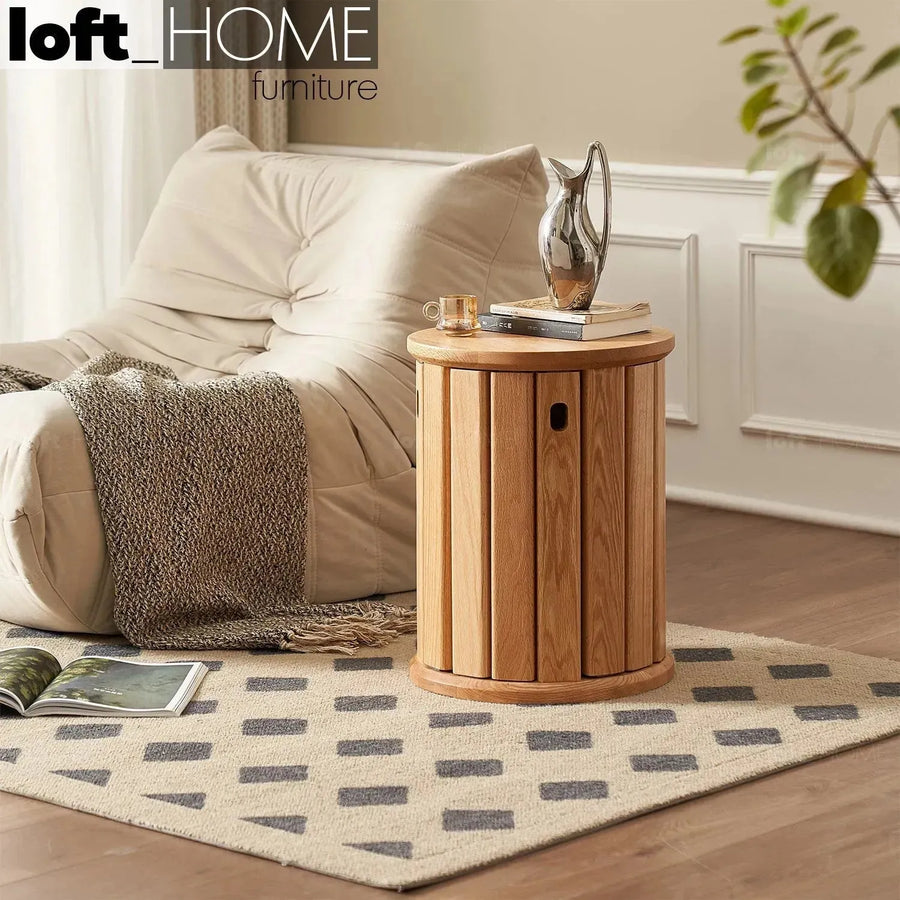
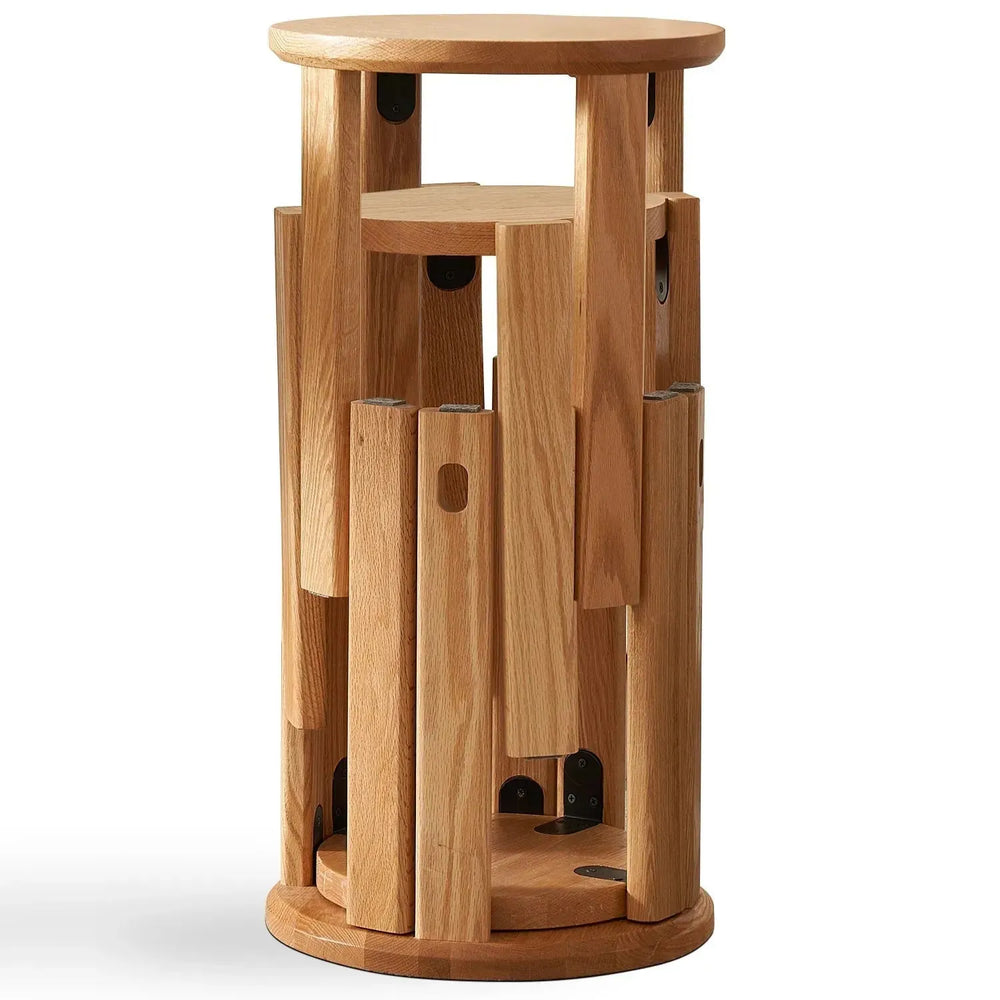
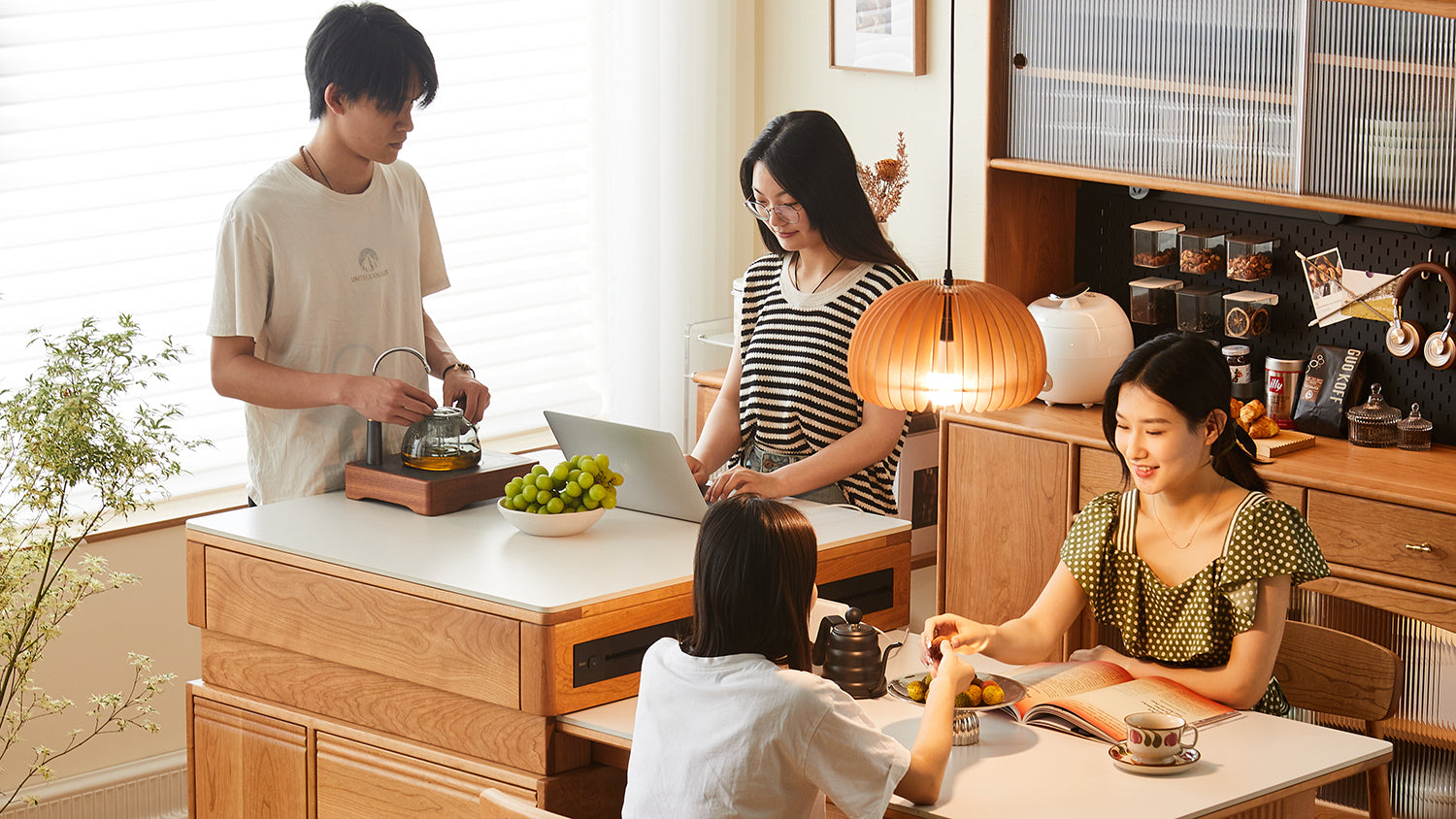

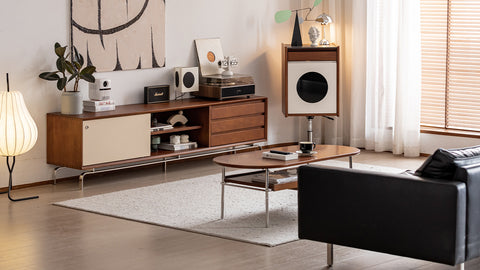
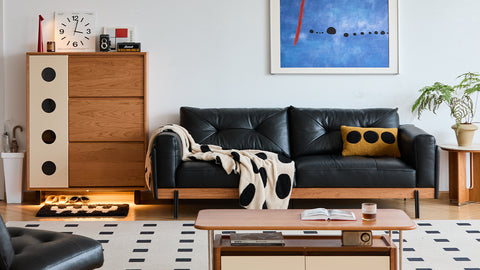
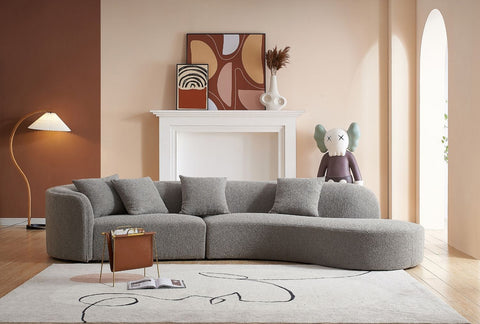
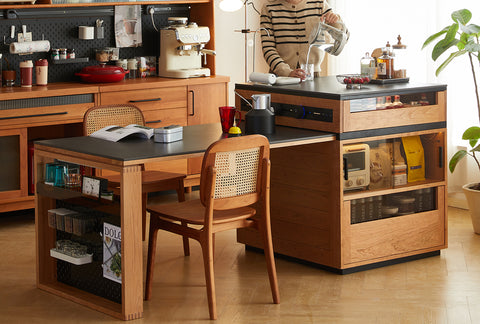
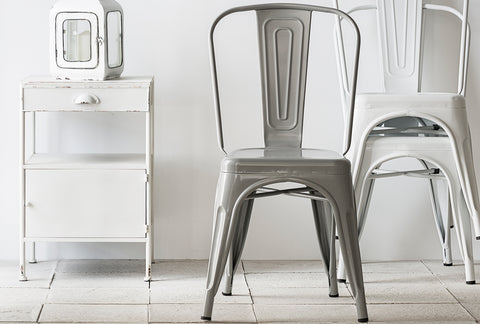
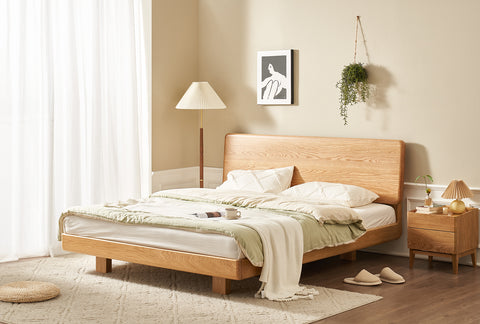
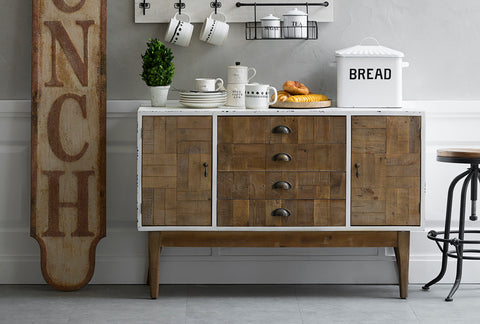




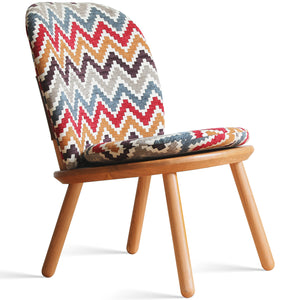
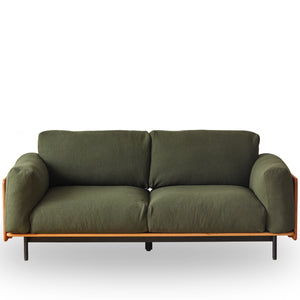
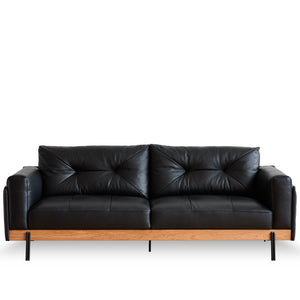
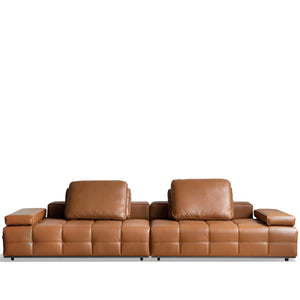
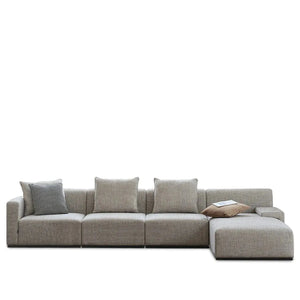
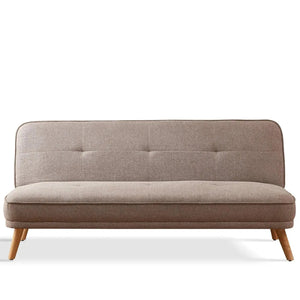
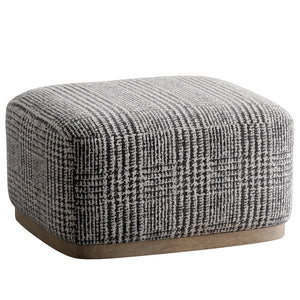
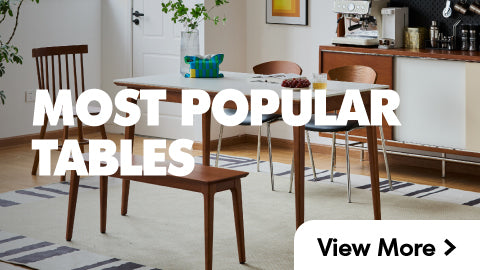
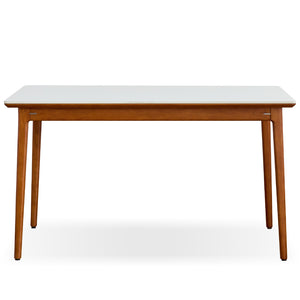
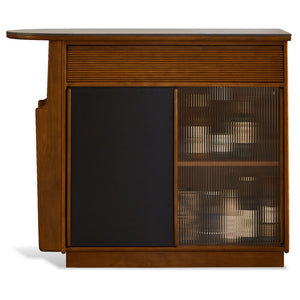
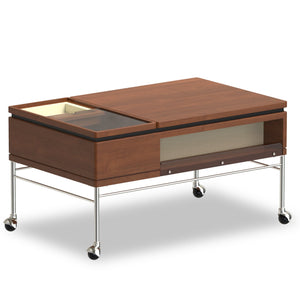
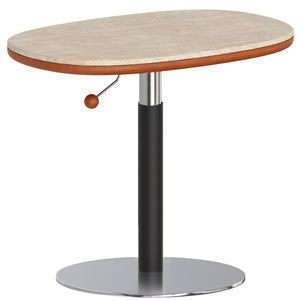
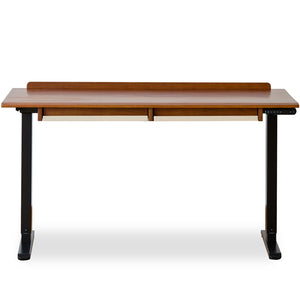
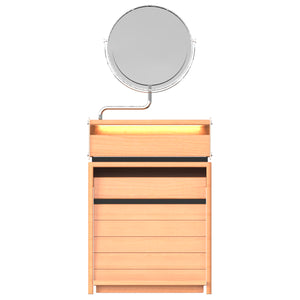

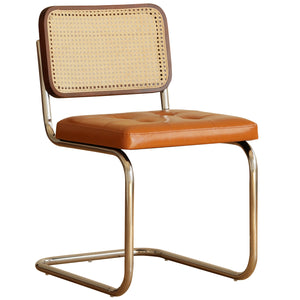
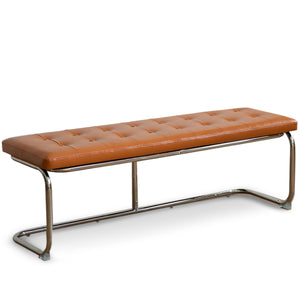
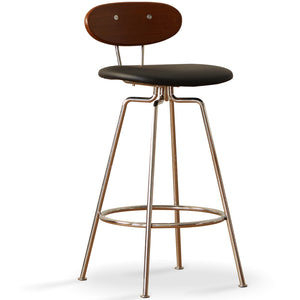
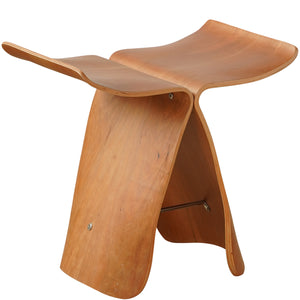
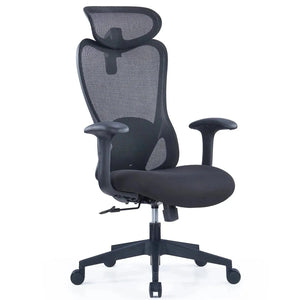

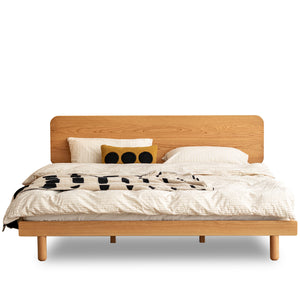
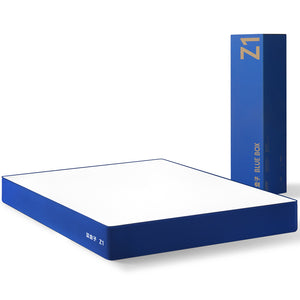

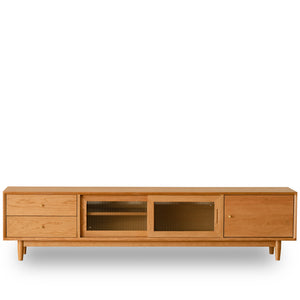
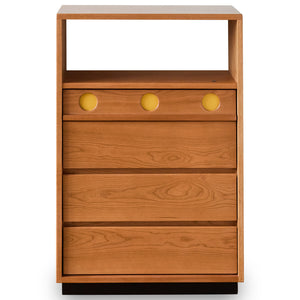
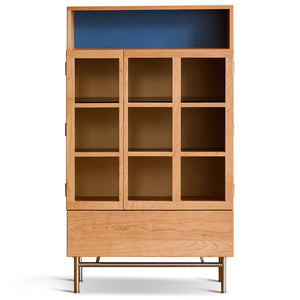
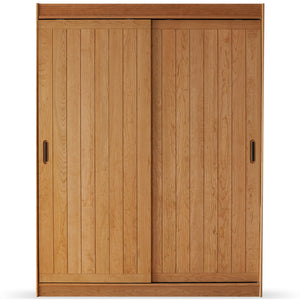
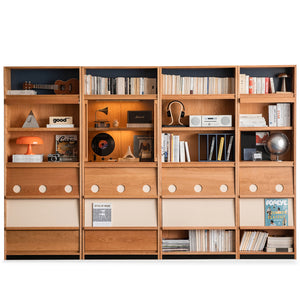
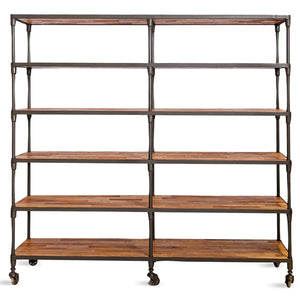
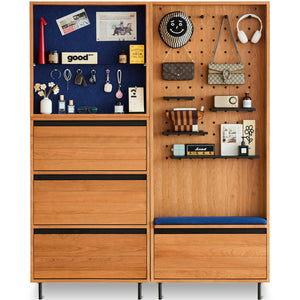
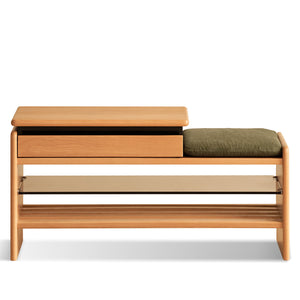
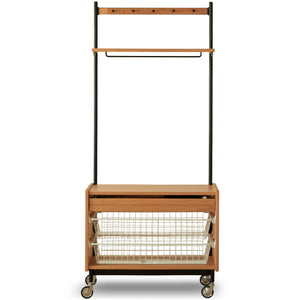
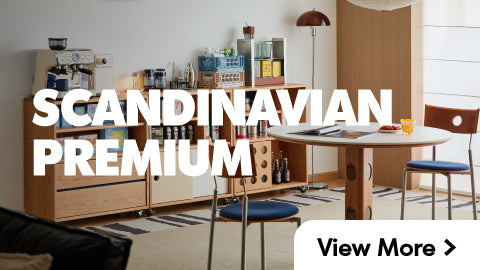





















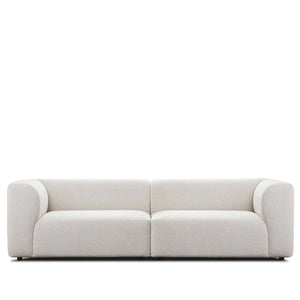




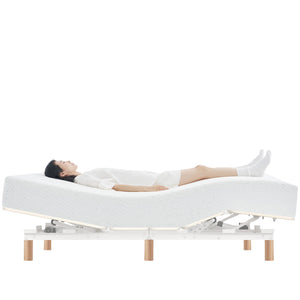
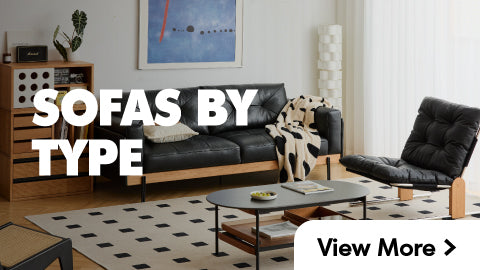
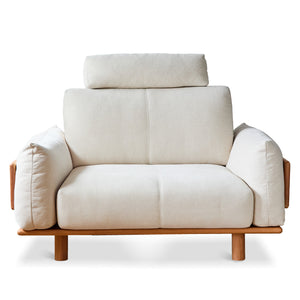
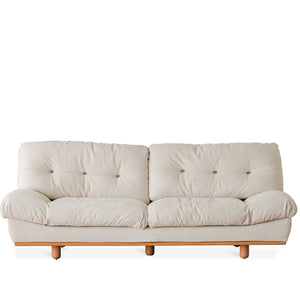
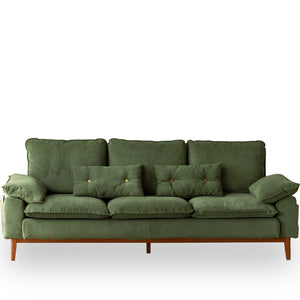
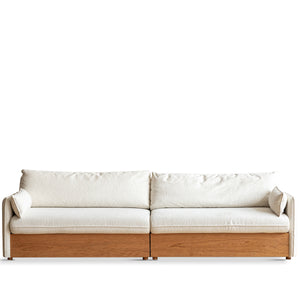
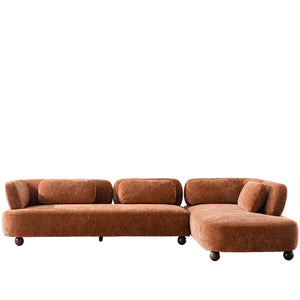
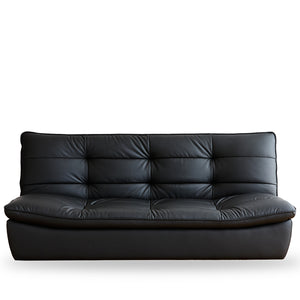
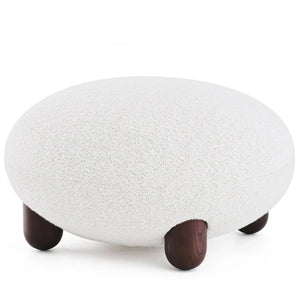
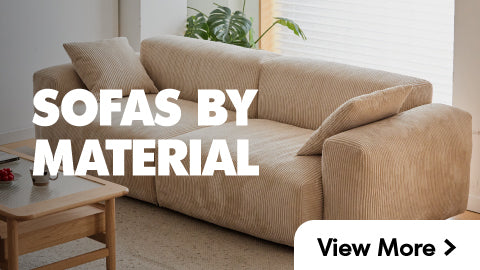
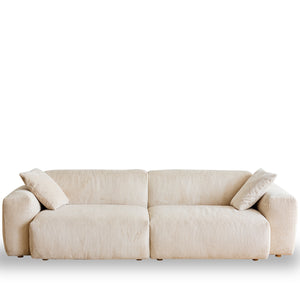
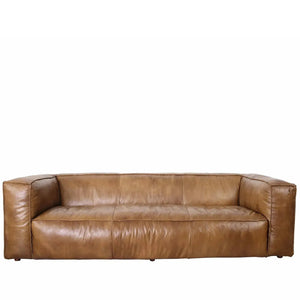
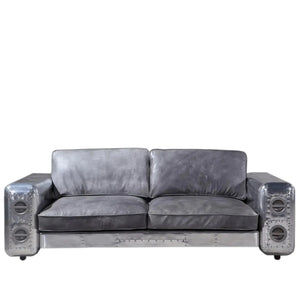
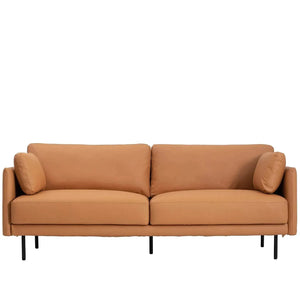
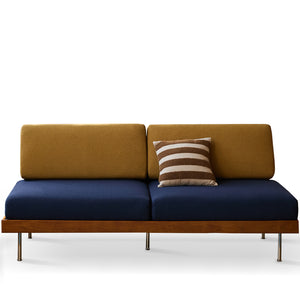
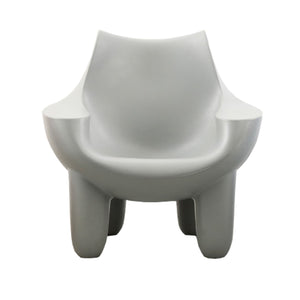
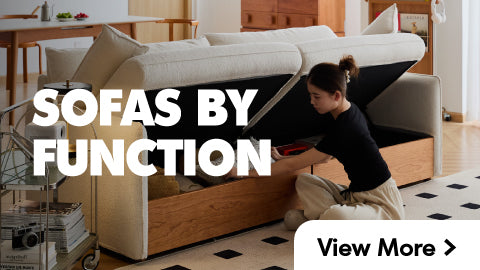
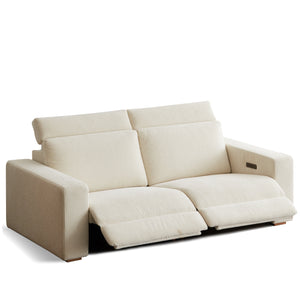

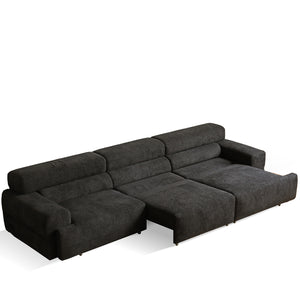
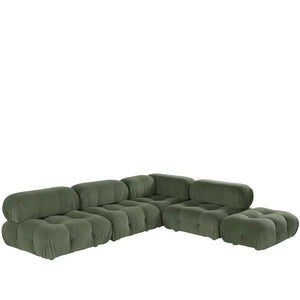
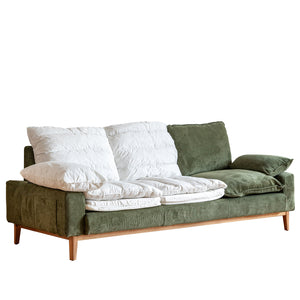
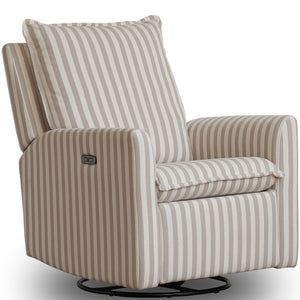

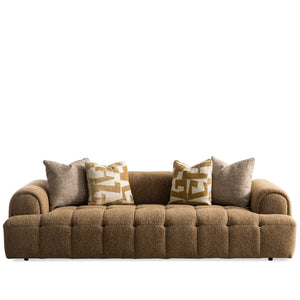
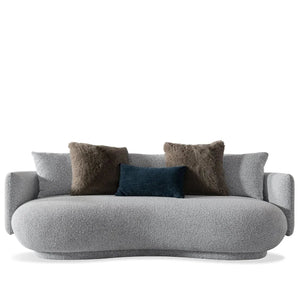
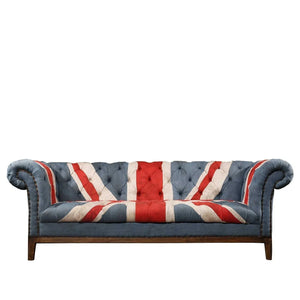
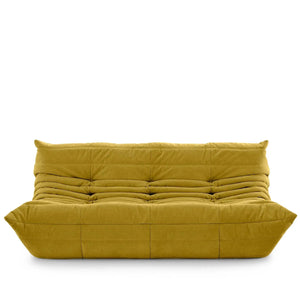
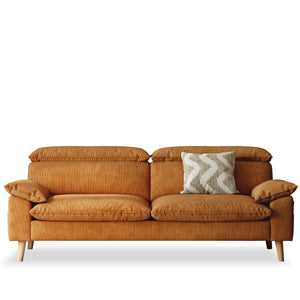
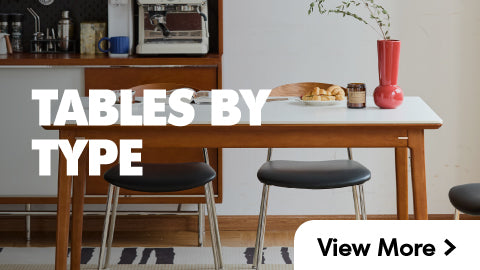
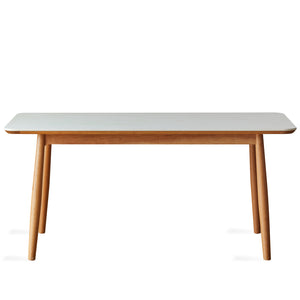
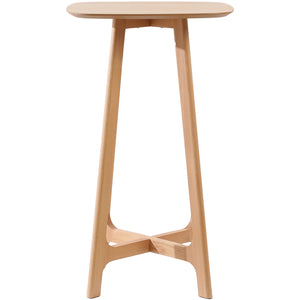
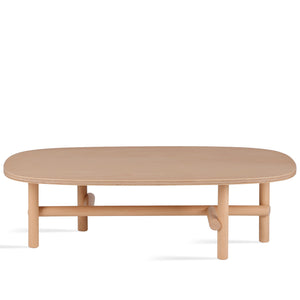
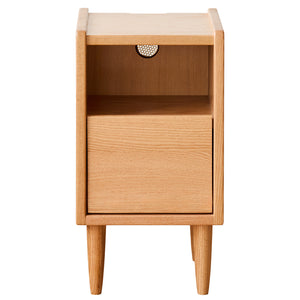
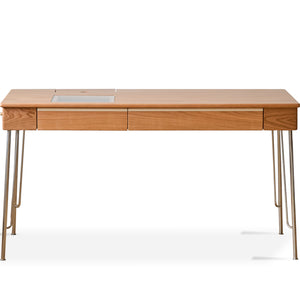
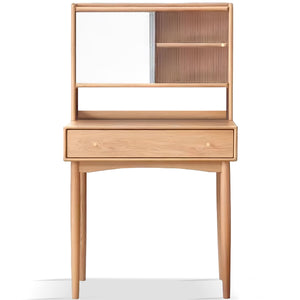
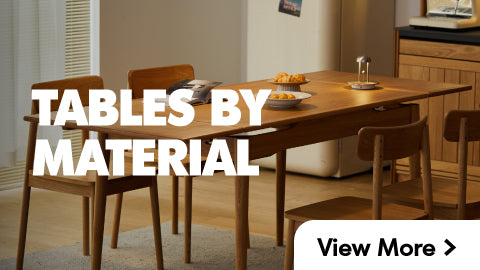
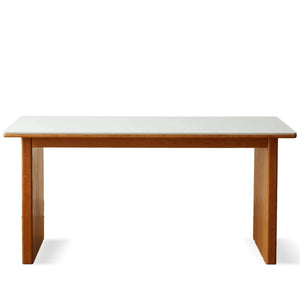
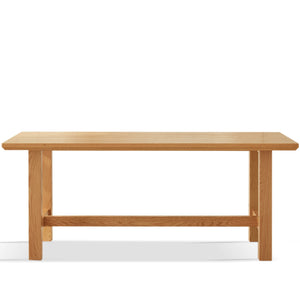
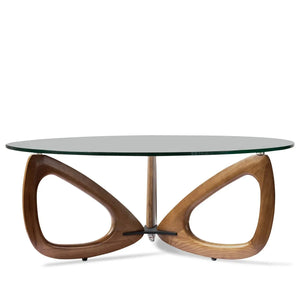
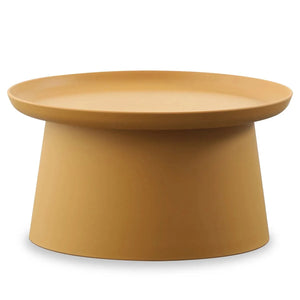
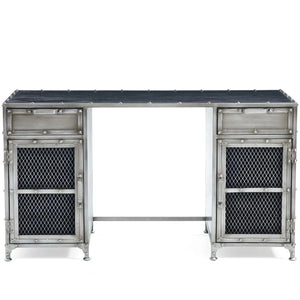
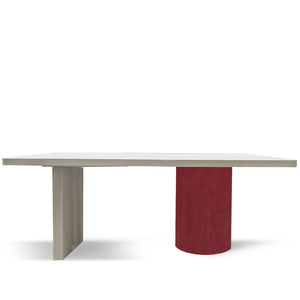
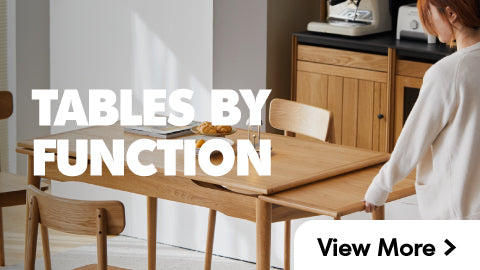
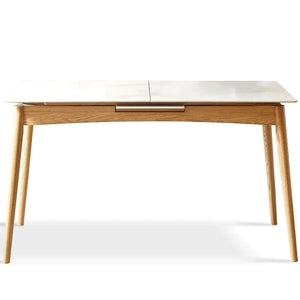
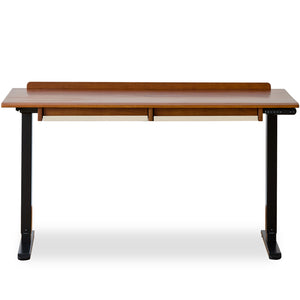
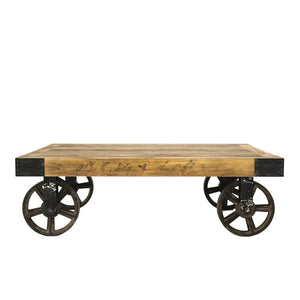
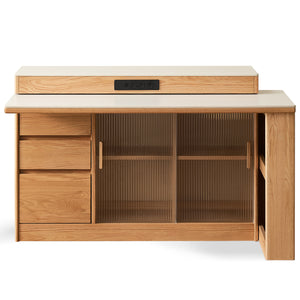
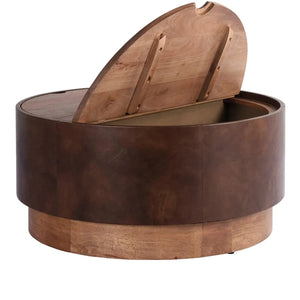
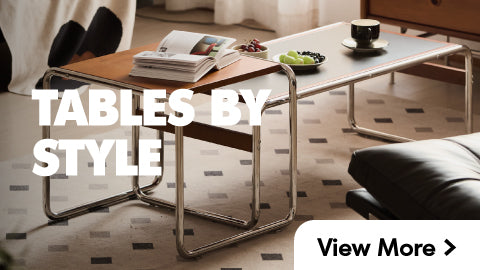
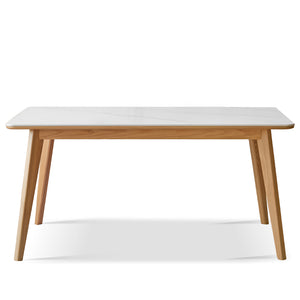
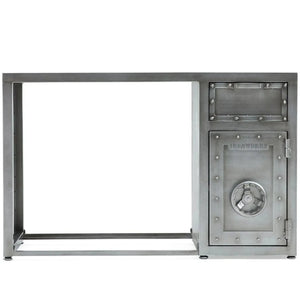
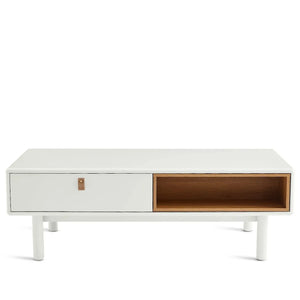
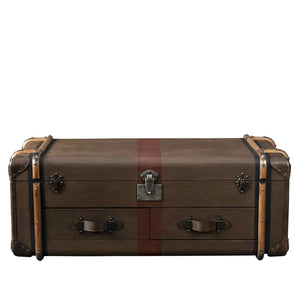
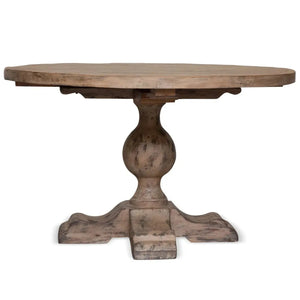
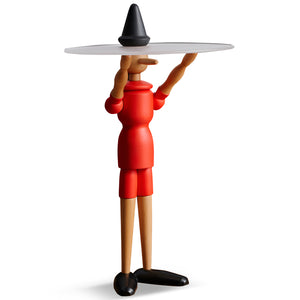
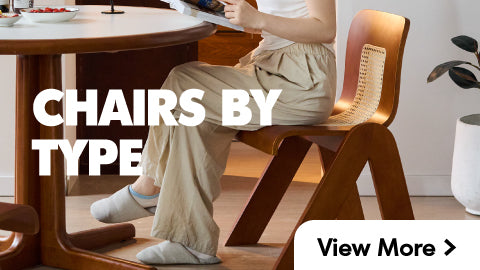
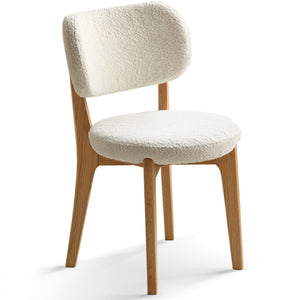
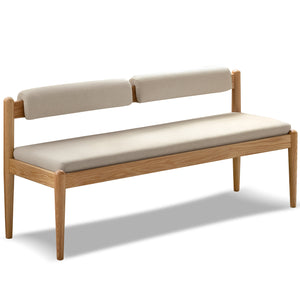
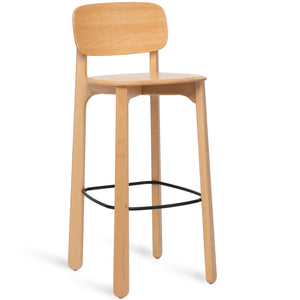
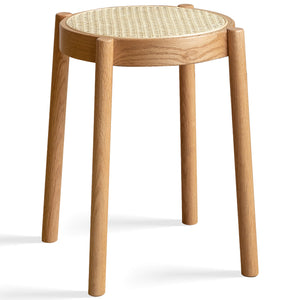
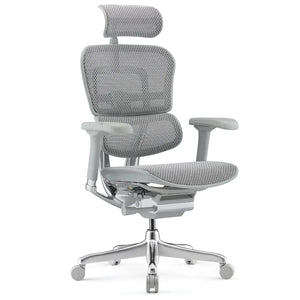
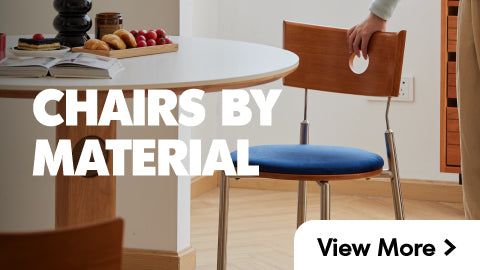
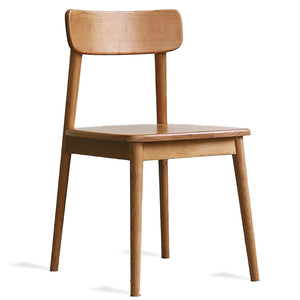
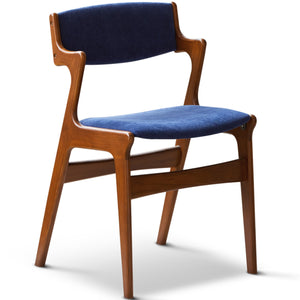
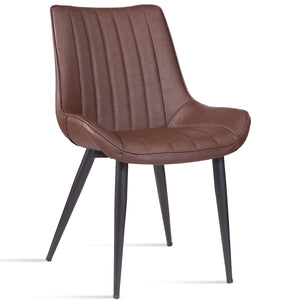
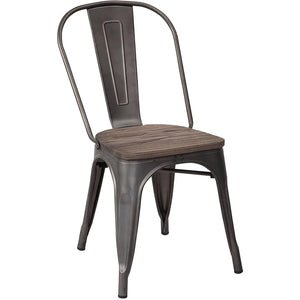
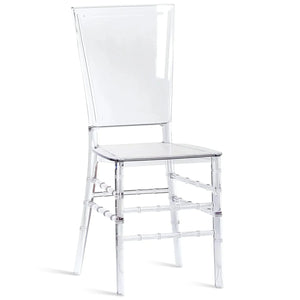
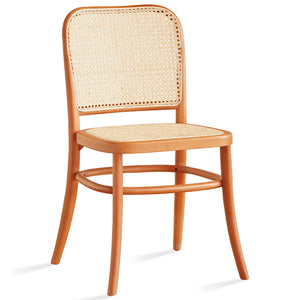
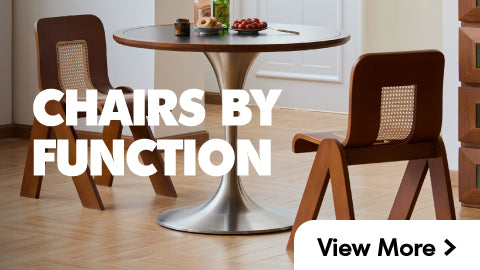
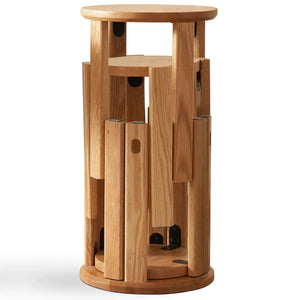
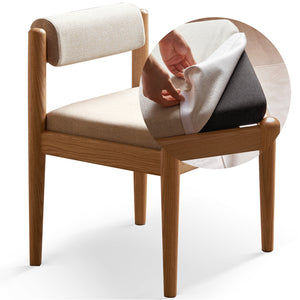
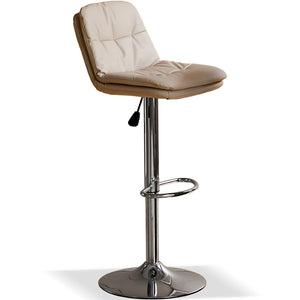
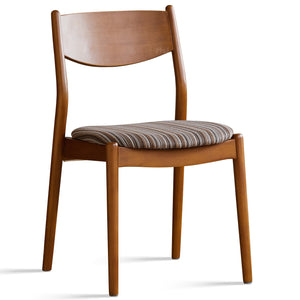
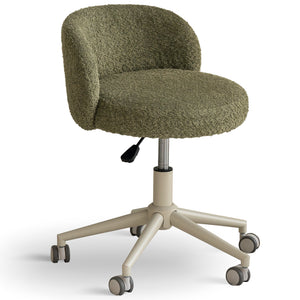
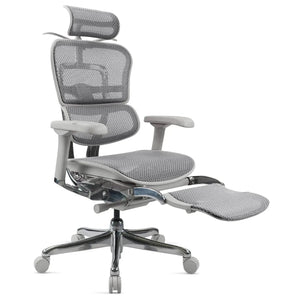
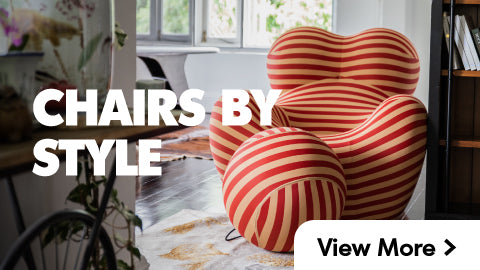
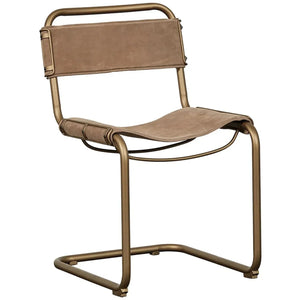
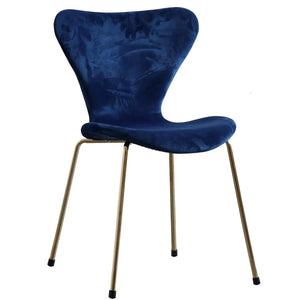
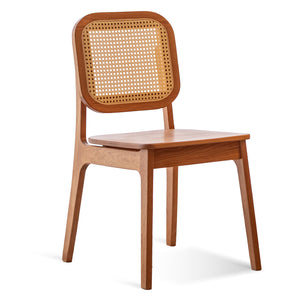
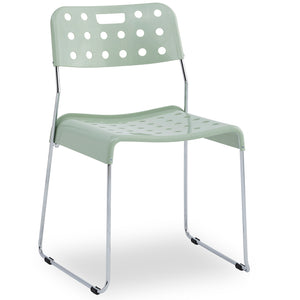
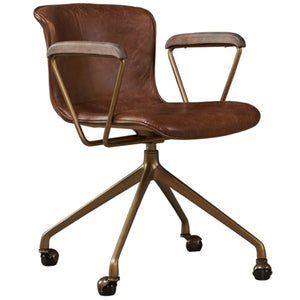


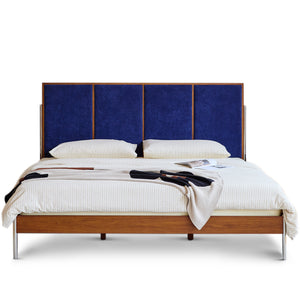
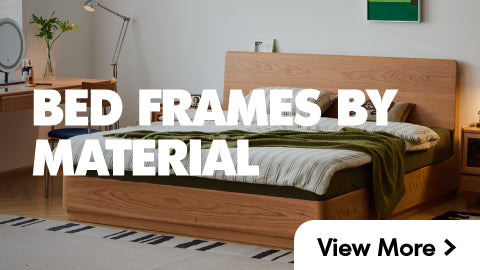
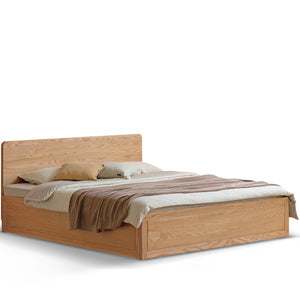
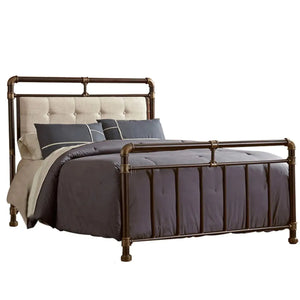
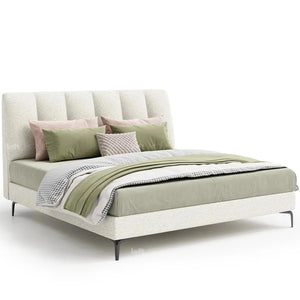
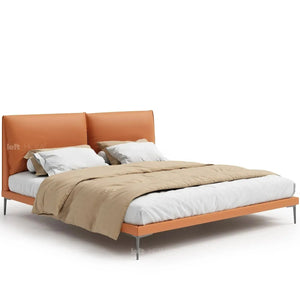
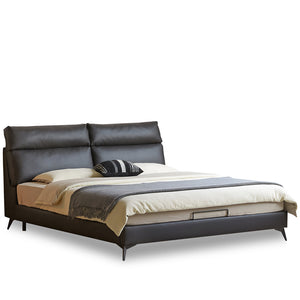
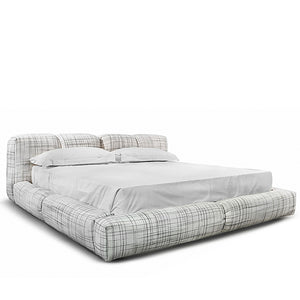
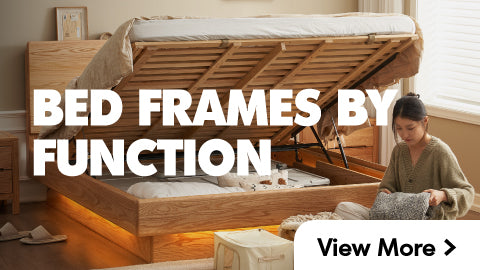
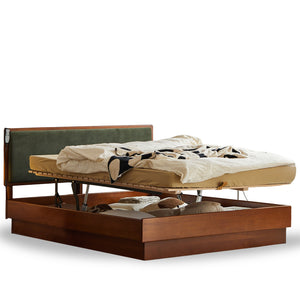
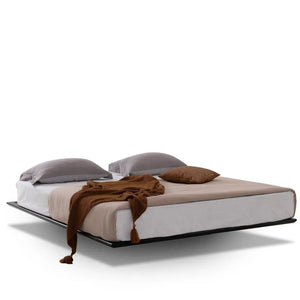
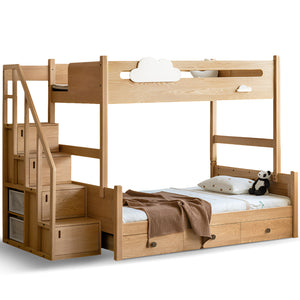
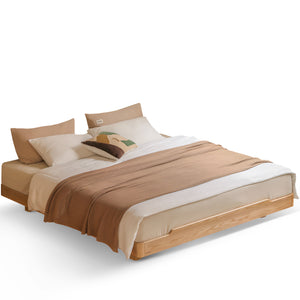
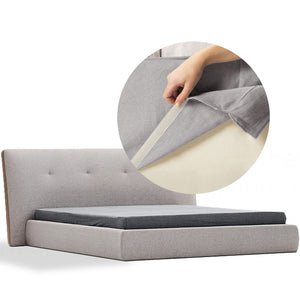
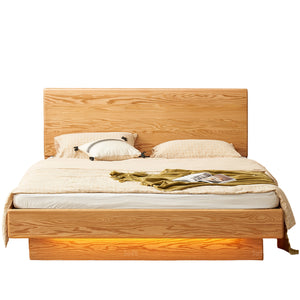
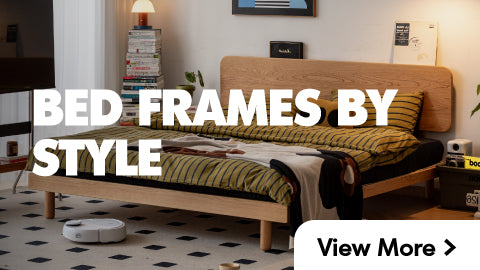
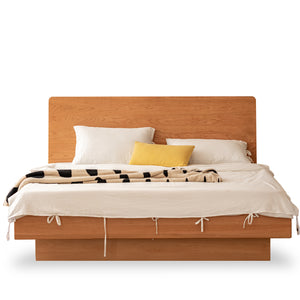
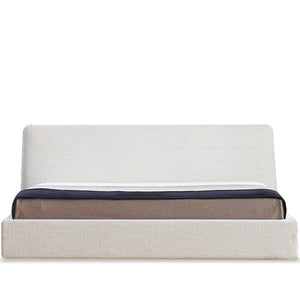
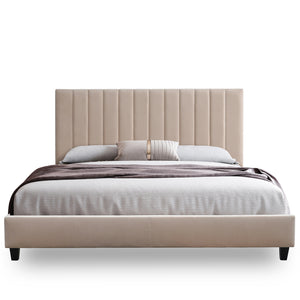
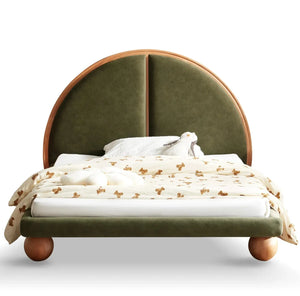
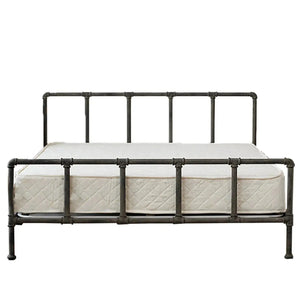

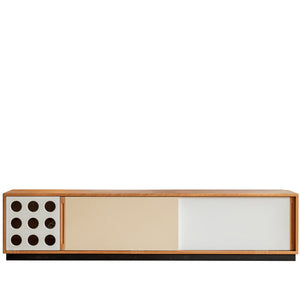
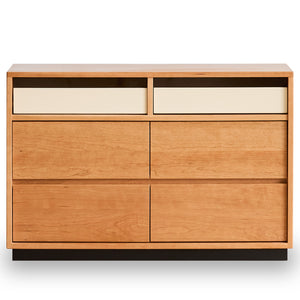
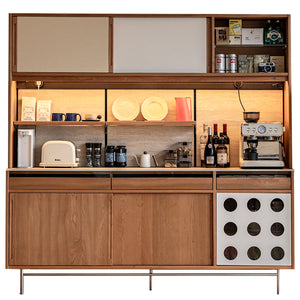
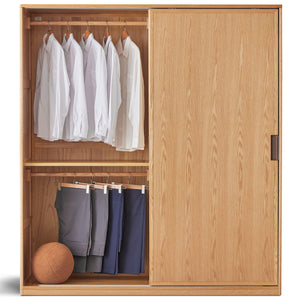
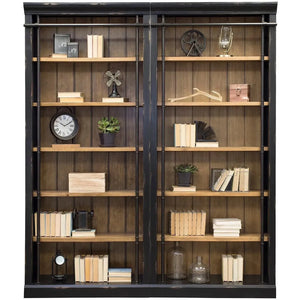
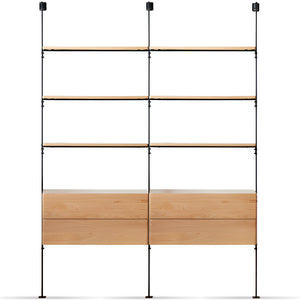
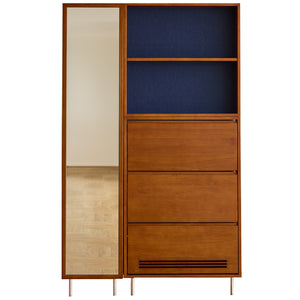
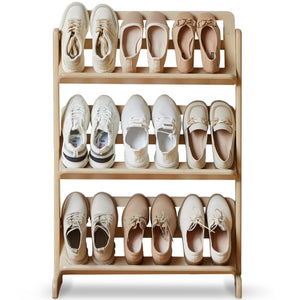
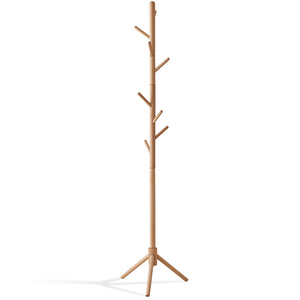

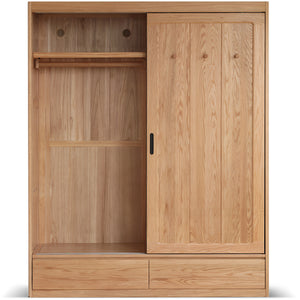
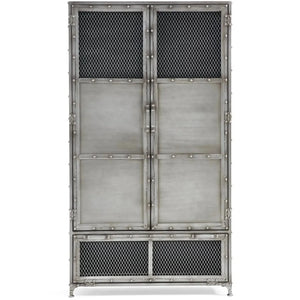
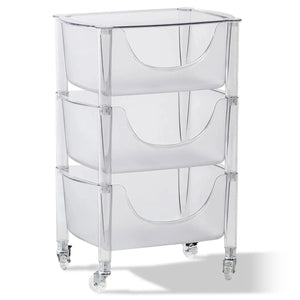
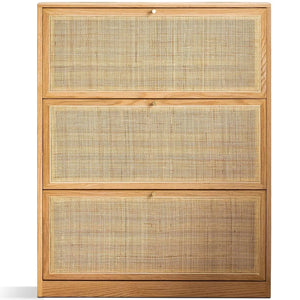
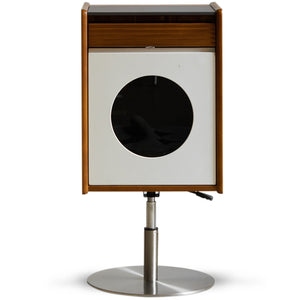
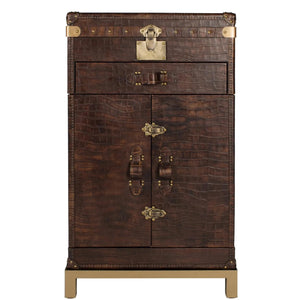

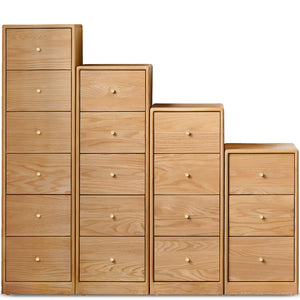
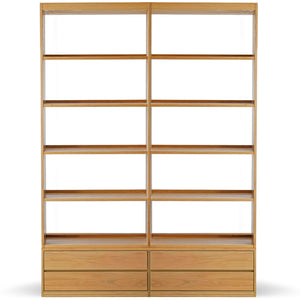
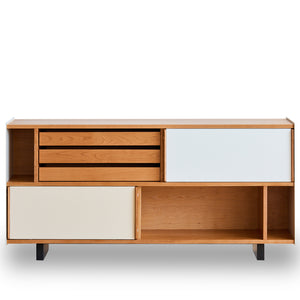
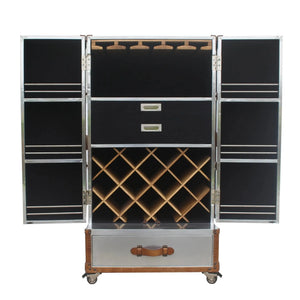
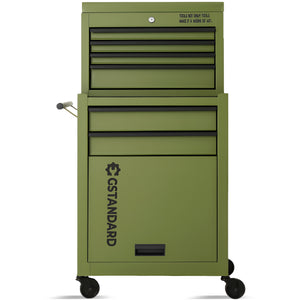
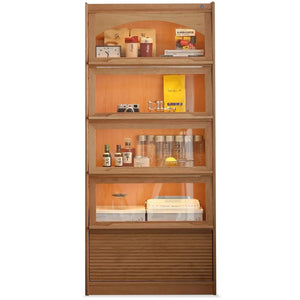

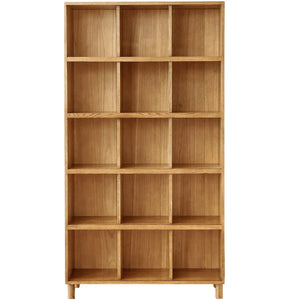
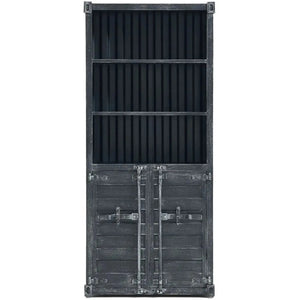
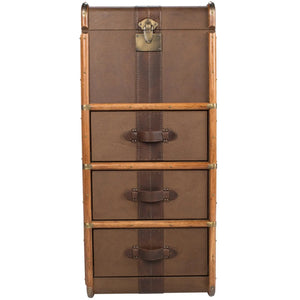
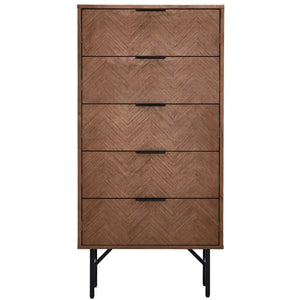
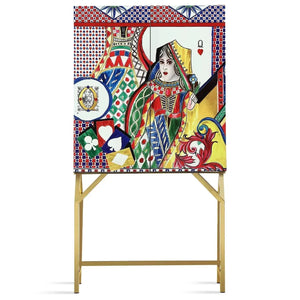
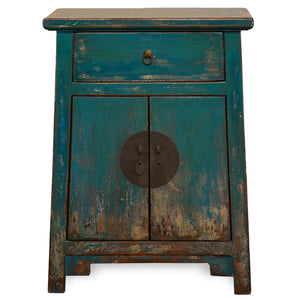


























































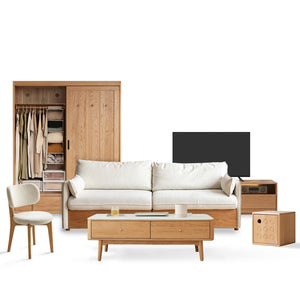
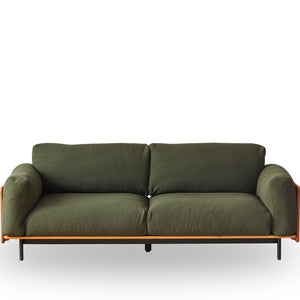
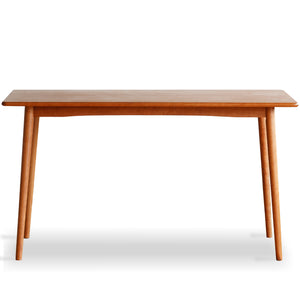
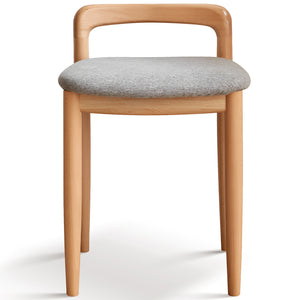
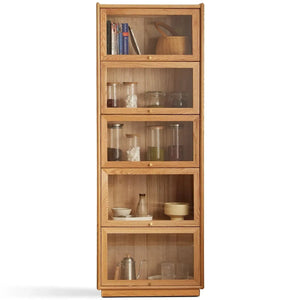
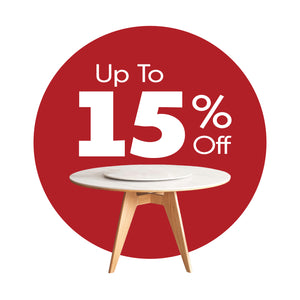

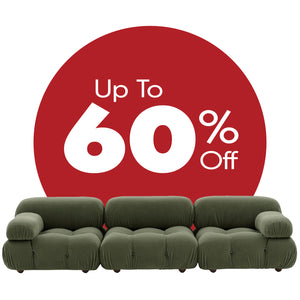
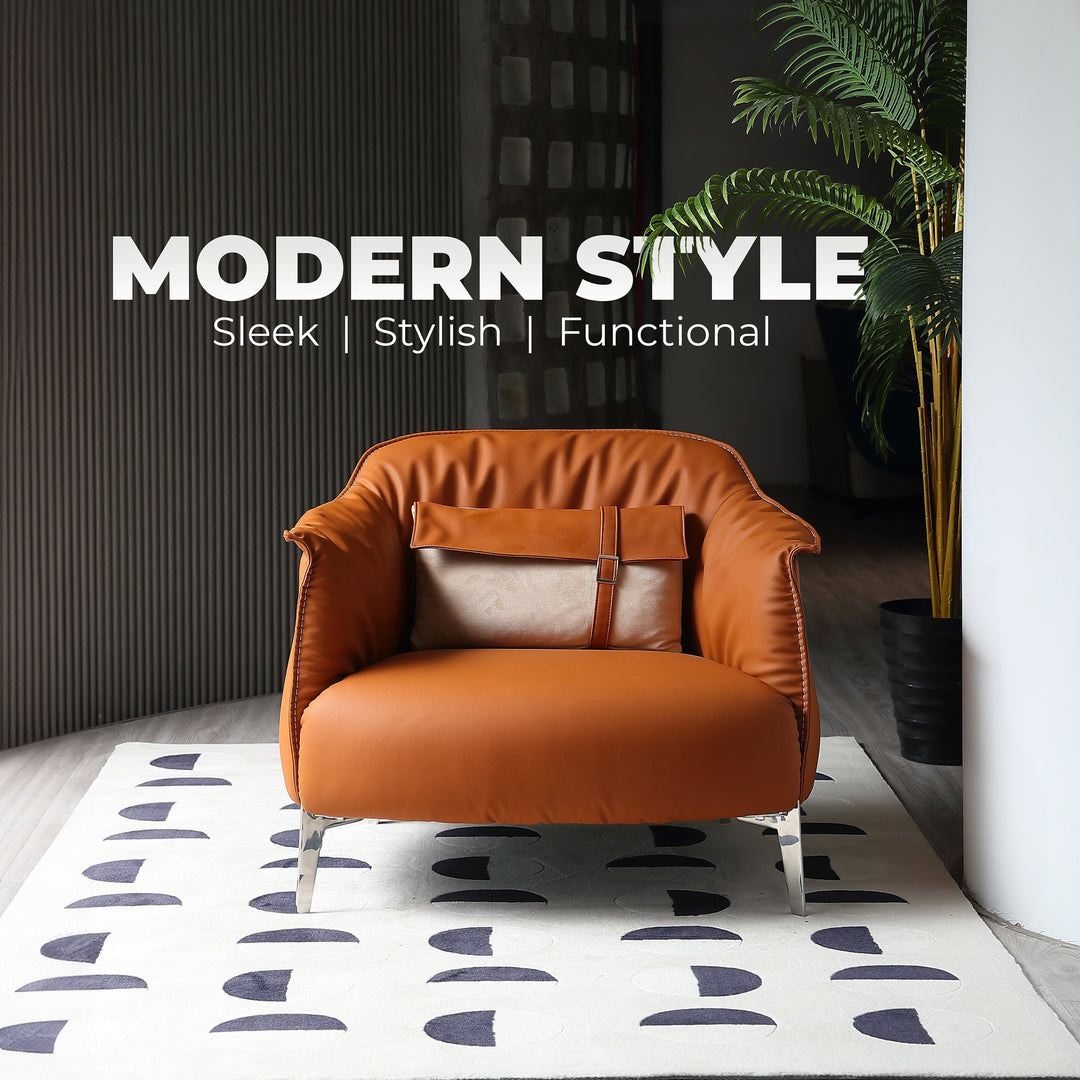
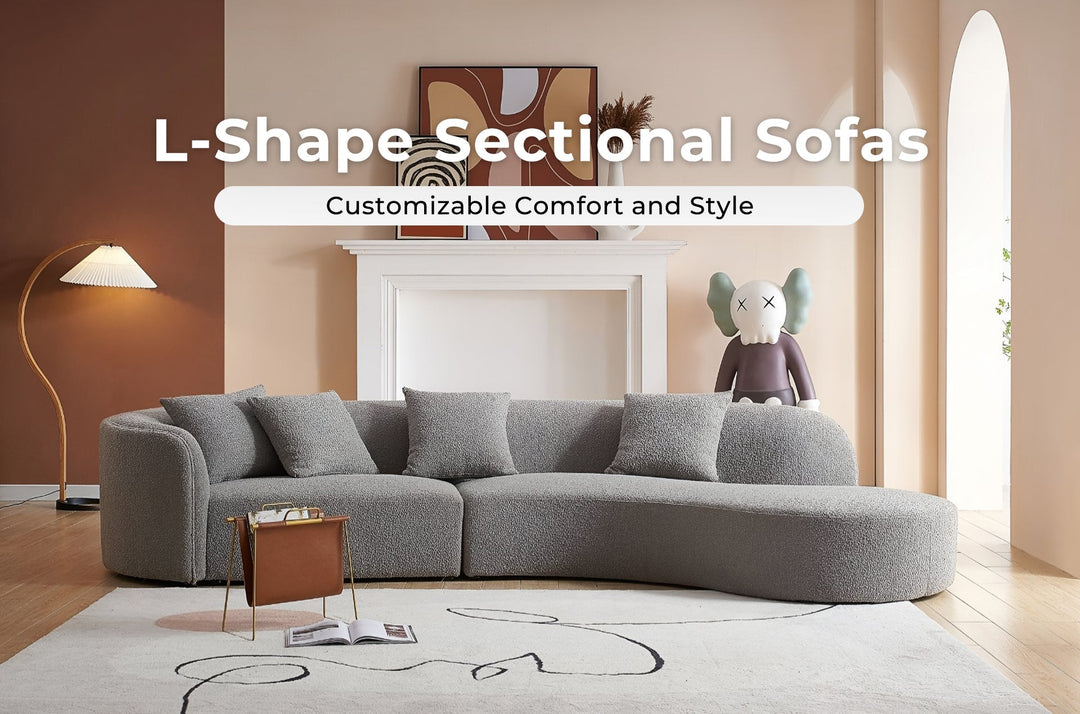




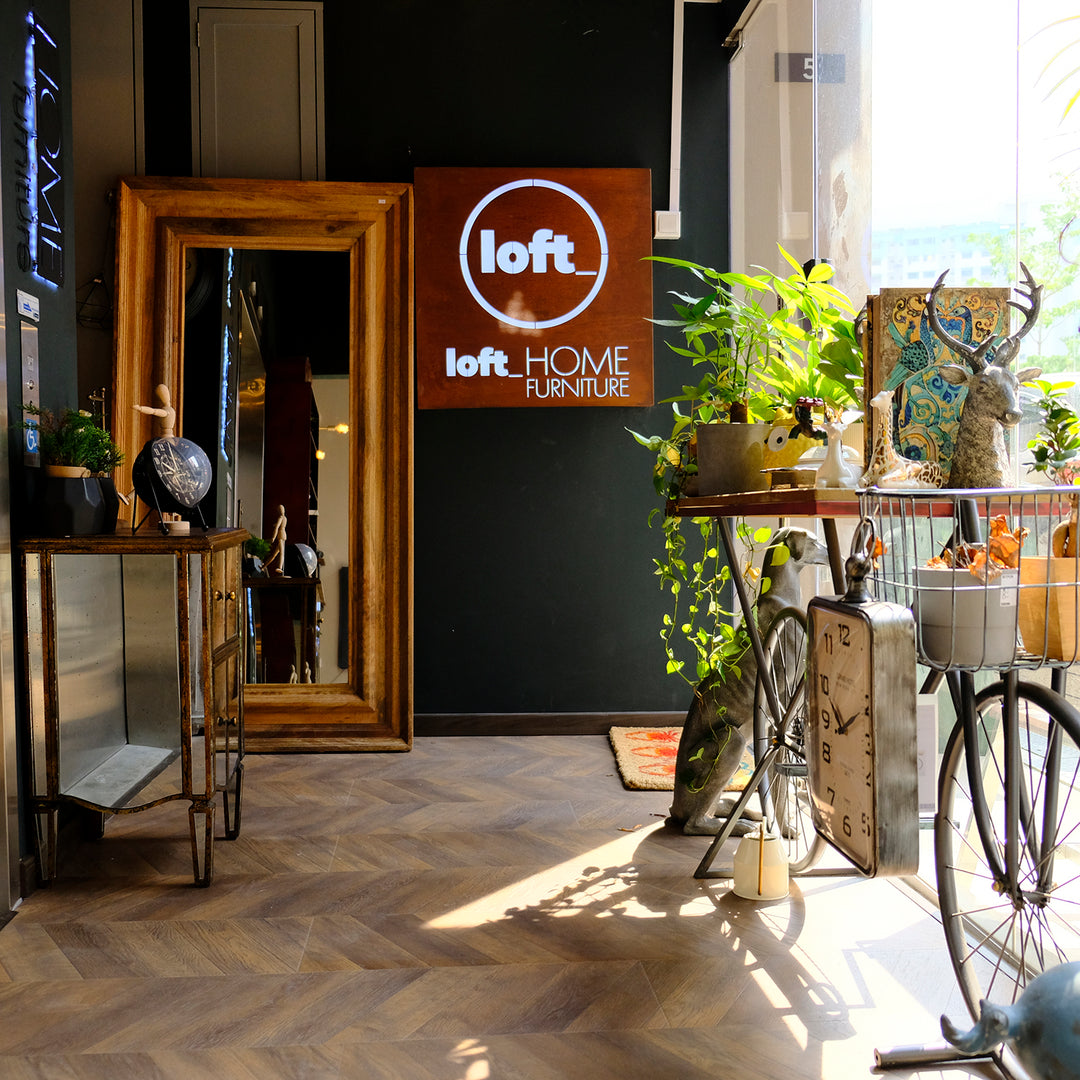
Leave a comment